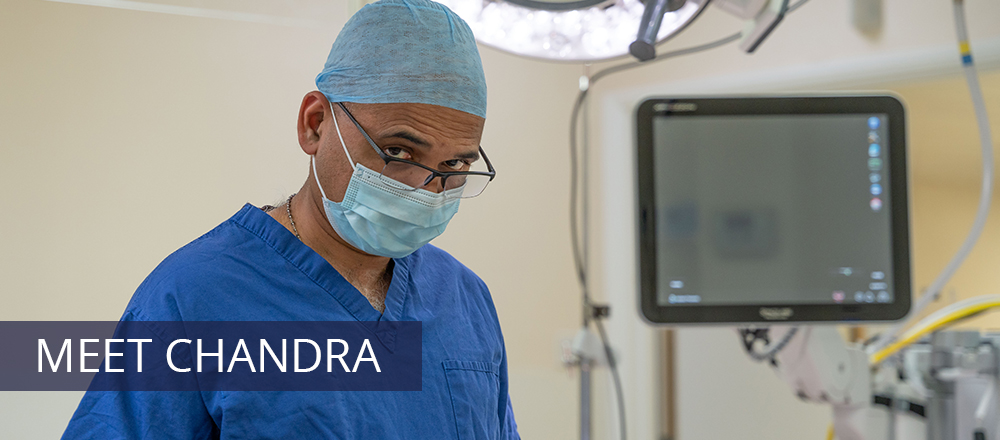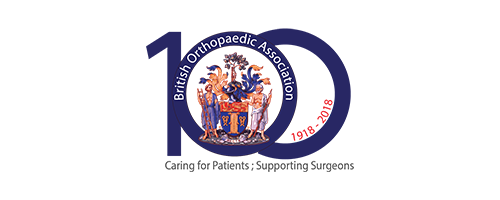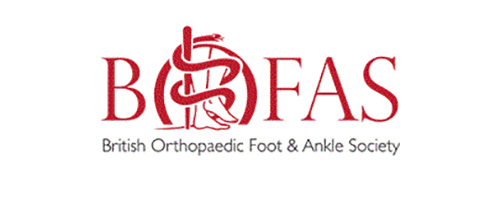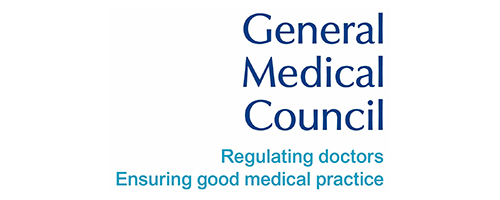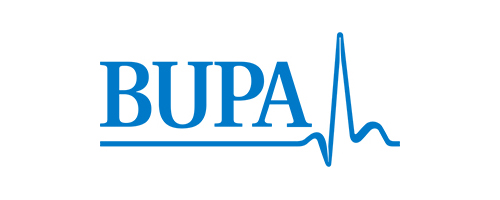Triple Fusion
This is an operation to “fuse” or stiffen the three main joints of the back part of the foot (hence “triple fusion”). Triple fusions are done for two main reasons:
(1) Arthritis of the joints, because of a previous injury that has damaged the joints, a generalised condition such as osteoarthritis or rheumatoid arthritis, or because the joint is just wearing out for some other reason
(2) Severe deformity of the foot, such as a flat foot, high-arched or “cavus” foot, a club foot or other deformity. Sometimes these can be corrected by breaking and reshaping the bones, but in other cases it is best to stiffen the joints in the corrected position, particularly if the joints are already stiff or the foot is weak.
If the damage or deformity is limited to one or two of the foot joints it may be possible to treat it by a more limited operation. However, as these joints work together, damage to one is often accompanied by damage to others.
We often inject local anaesthetic or steroid into damaged joints, before any surgery is considered, to see whether this helps the pain. In some people, this gets rid of the pain and surgery is not necessary. In others, pain relief does not last but the results of the injection helps us to decide which joints to fuse.
What does the operation involve?
Two cuts are made, one along the outer side of the foot and one on the inner side. Usually these are 4-5 cm long. Each of the three joints is opened up and the joint surfaces removed and, if necessary, reshaped to correct a deformity. The joints are then put in the correct place and fixed together with screws, pins or staples. The heel (“subtalar”) joint is usually fixed with a screw passed through a small cut in the back of the heel. The other joints are fixed through the main cuts.
It is usually necessary to put some extra bone into a triple fusion to get it to heal and to fill any gaps in the fusion left by correcting deformity. Often this extra bone can be obtained from the bone that is cut out to prepare the fusion. Sometimes there is not enough bone from this and bone has to be taken from the tibia bone just below the knee. Occasionally if a large amount of bone is required then this must be taken form the pelvis just above the hip.
Some people who have foot deformities have a tight Achilles tendon (“heel cord”) or weak muscles, or both. The Achilles tendon may be lengthened during surgery by making three small cuts in the calf and stretching the tendon. Some people with deformities of the foot also have deformed toes. Again, these may be corrected at the same time or at a later operation.
What happens after I go home?
By the time you go home you will have mastered walking on crutches without putting weight on your foot. You should go around like this for a month. 10-14 days after your operation you will be seen again in the clinic. Your plaster will be removed and the cuts and swelling on your foot checked. If all is well you will be put back in plaster. You should continue walking with your crutches.
About a 4-6 weeks after your operation you will come back to the clinic for an X ray. If this shows the joints are healing in a good position you can start putting most of your weight through the plaster. The physiotherapist will teach you how to do this
You will have further X rays once 3 months have elapsed. If the X rays show that the joint is fused enough to take your weight, the plaster will be removed and you can start walking without it. Some people need to stay in plaster longer than 3 months.
CONTACT INFORMATION
Private Secretary: Jo Evans
joanne.evans66@nhs.net
NHS Secretary: Jo Brindle
jo.brindle@wvt.nhs.uk

